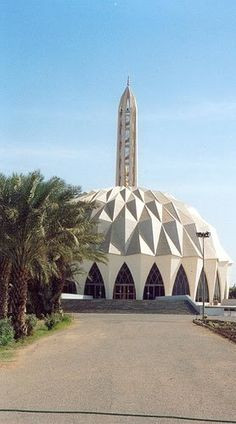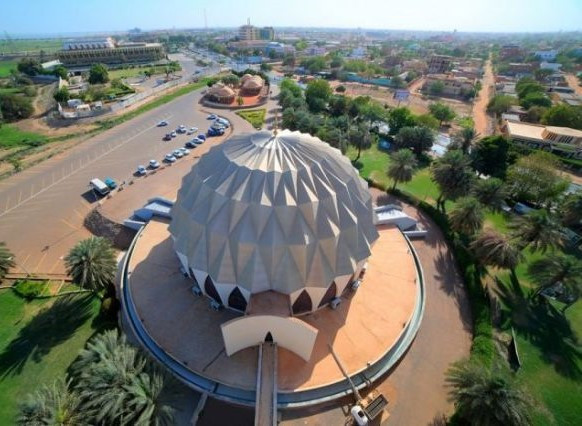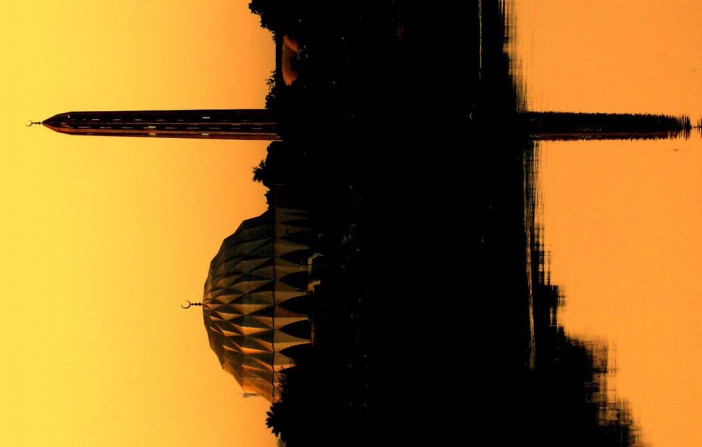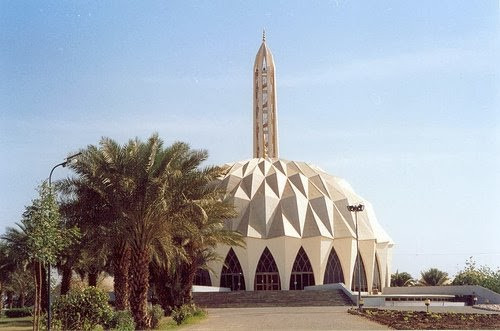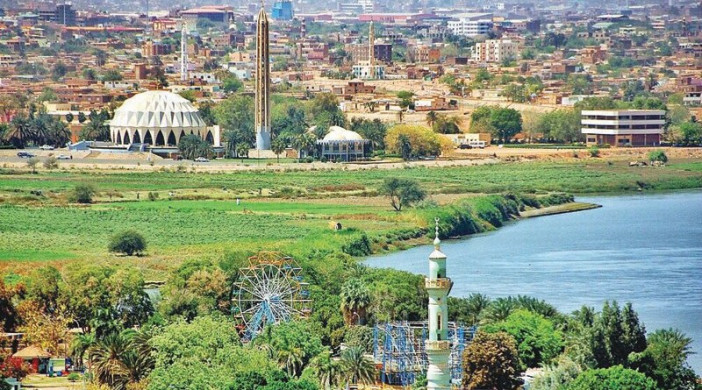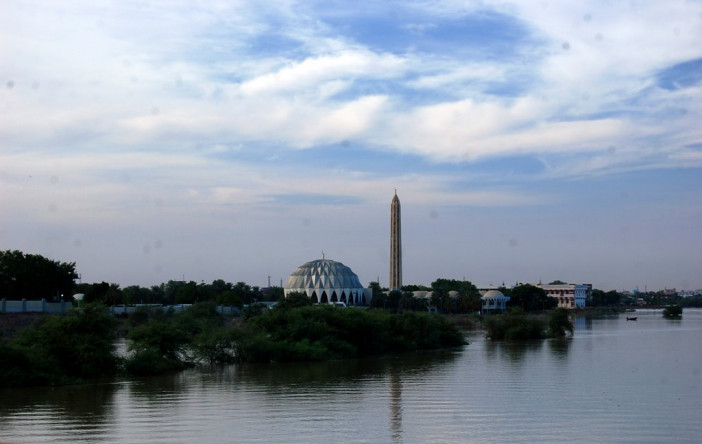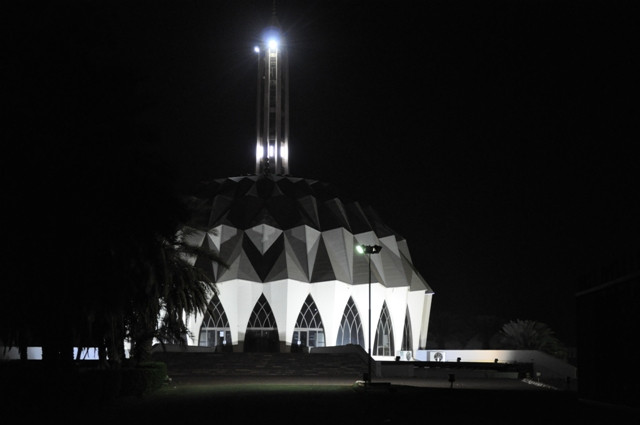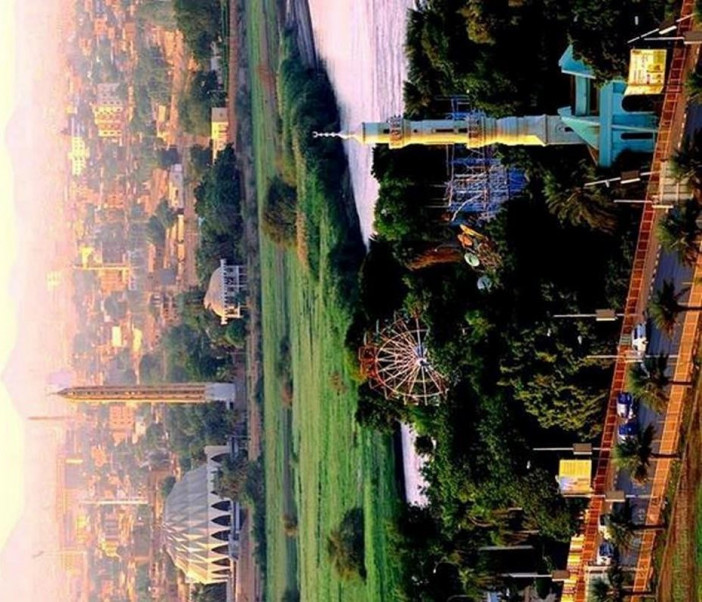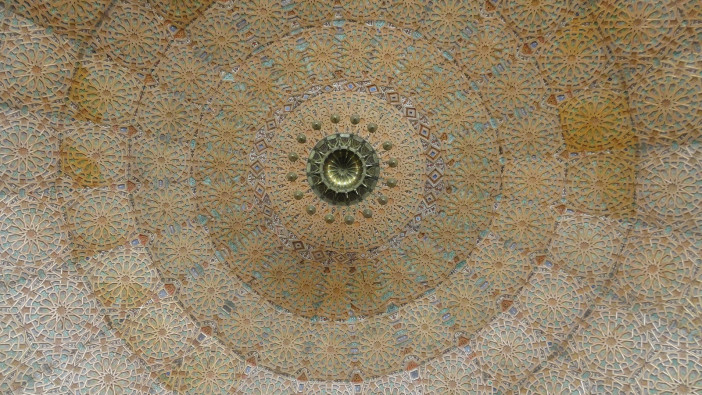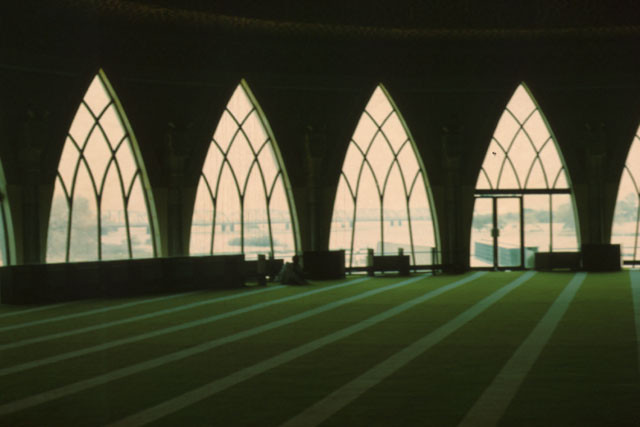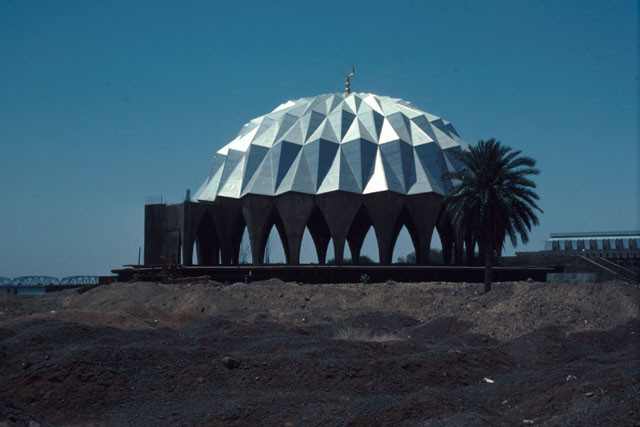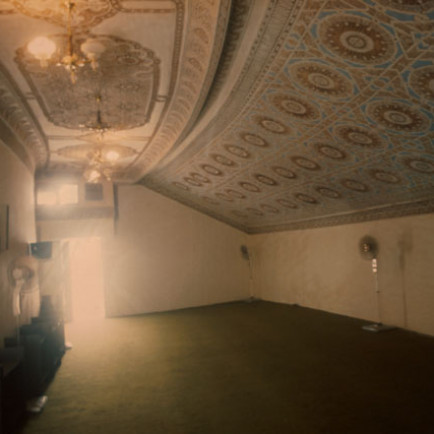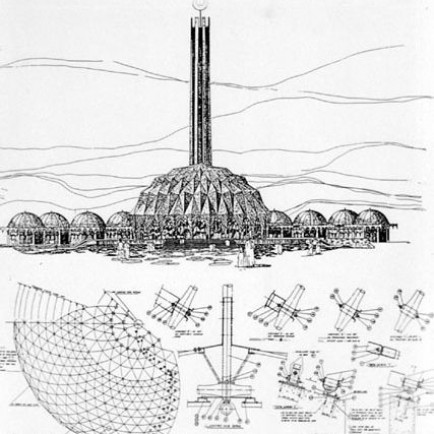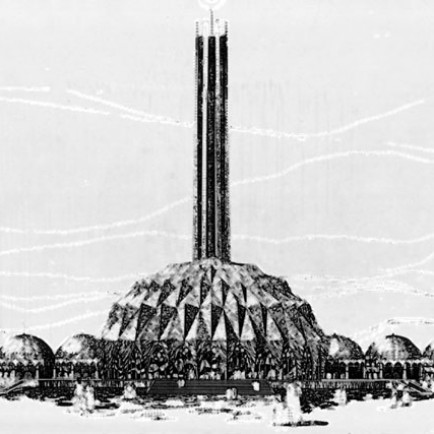Al Nilin mosque
History
Al-Nilin Mosque or The
Mosque of the two Niles, is a mosque in Omdurman, Sudan. It is located on the
western banks of the Nile river, just opposite to the confluence of the two
Niles. It was built in the 1970s during the Nimeiry era of Sudan, and since
then remains one of the fine architectural religious venues in the country. The
mosque was inaugurated on Friday, 3 Muharram 1405 H corresponding to 24
September 1984.
It is located on the confluence of the two rivers, the Blue Nile and the White Nile at the entrance of Omdurman. The location of Al- Neelain Mosque is the closest location to the Nile and is therefore considered the largest mosque on the Nile from its source to its mouth in the Mediterranean.
It is also distinguished
for being next to the National Council, and embraces the Faculty of the Holy
Quran, the pearl of the U of HQIS’s faculties.
The location of the
mosque overlaps through its view of the three cities with the meeting points of
the sides of the triangular city (Khartoum / Bahri / Omdurman).
It Designed as a thesis
project by a student in the department of architecture at the University of
Khartoum, the mosque was selected for construction by the President of Sudan.
It is a circular structure mounted by a lightweight aluminum space-frame in the
form of a hemispherical dome. The mosque interior is lavishly decorated with
geometrically patterned timber ceilings and plasterwork. Adjacent to the prayer
space are twelve octagonal pavilions that house a school, library, and exhibition
space.
This mosque in Sudan
takes the iconic shape of a dome perforated with windows, something is first
seen in the Hagia Sophia, an brings it thoroughly into the 20th century. The
dome becomes a geometric hemisphere with a stylized minaret and pointed windows,
which allow for sweeping views of the surrounding land.
Al- Nilin Mosque and its
annexes were designed and constructed according to the Islamic architecture in
terms of:
·
* Integration between the beauties of the gradation of its height and
the artificial mound it was built on. This harmonizes with the glory of its
significance, the service of faith and the supreme purposes of religion.
·
*The geometric patterns of the domes and their direction towards
the Qibla on which the architectural design of the mosque and its annexes was
based.
Description
Construction Works
Total area of the mosque: 12
thousand square meters.
Building area: 2500 square meters.
Excavation works: 2500 cubic
meters.
The size of the excavations +
artificial mound: 100 thousand cubic meters.
The foundations and concrete
works: 2000 m3.
Capping works.
Metal works in aluminum.
Gypsum works.
Glass works.
Wood works.
The Minaret.
Designers
Designer: Eng. Qamar Adawla Abd
Al-Qadir Al-Tahir.
Estimation Architect: Major
Architect (m) Babikir Ali Altoum.
Structural Designer, Architect:
Sideeq Abd Al Wahab.
Architectural Consultants:
Architect. Mohamed Mahmoud Hamdy.
Architectural Consultants: Architect.
Saif Addeen Sadiq.
The Mosque Funding
Community-led Donations
His Highness the Ruler of Dubai
Government of Saudi Arabia
References
https://archnet.org/sites/279/media_contents/20268 https://en.wikipedia.org/wiki/Al-Nilin_Mosque http://www.quran-unv.edu.sd/sites/managements/39/about
Details
Location
Al Mawrada, Omdurman, Sudan
Worshippers
2400
Architect Name
Year of Build
1984
Area
12000
Drawings
Map
History
Al-Nilin Mosque or The
Mosque of the two Niles, is a mosque in Omdurman, Sudan. It is located on the
western banks of the Nile river, just opposite to the confluence of the two
Niles. It was built in the 1970s during the Nimeiry era of Sudan, and since
then remains one of the fine architectural religious venues in the country. The
mosque was inaugurated on Friday, 3 Muharram 1405 H corresponding to 24
September 1984.
It is located on the confluence of the two rivers, the Blue Nile and the White Nile at the entrance of Omdurman. The location of Al- Neelain Mosque is the closest location to the Nile and is therefore considered the largest mosque on the Nile from its source to its mouth in the Mediterranean.
It is also distinguished
for being next to the National Council, and embraces the Faculty of the Holy
Quran, the pearl of the U of HQIS’s faculties.
The location of the
mosque overlaps through its view of the three cities with the meeting points of
the sides of the triangular city (Khartoum / Bahri / Omdurman).
It Designed as a thesis
project by a student in the department of architecture at the University of
Khartoum, the mosque was selected for construction by the President of Sudan.
It is a circular structure mounted by a lightweight aluminum space-frame in the
form of a hemispherical dome. The mosque interior is lavishly decorated with
geometrically patterned timber ceilings and plasterwork. Adjacent to the prayer
space are twelve octagonal pavilions that house a school, library, and exhibition
space.
This mosque in Sudan
takes the iconic shape of a dome perforated with windows, something is first
seen in the Hagia Sophia, an brings it thoroughly into the 20th century. The
dome becomes a geometric hemisphere with a stylized minaret and pointed windows,
which allow for sweeping views of the surrounding land.
Al- Nilin Mosque and its
annexes were designed and constructed according to the Islamic architecture in
terms of:
·
* Integration between the beauties of the gradation of its height and
the artificial mound it was built on. This harmonizes with the glory of its
significance, the service of faith and the supreme purposes of religion.
·
*The geometric patterns of the domes and their direction towards
the Qibla on which the architectural design of the mosque and its annexes was
based.
Description
Construction Works
Total area of the mosque: 12
thousand square meters.
Building area: 2500 square meters.
Excavation works: 2500 cubic
meters.
The size of the excavations +
artificial mound: 100 thousand cubic meters.
The foundations and concrete
works: 2000 m3.
Capping works.
Metal works in aluminum.
Gypsum works.
Glass works.
Wood works.
The Minaret.
Designers
Designer: Eng. Qamar Adawla Abd
Al-Qadir Al-Tahir.
Estimation Architect: Major
Architect (m) Babikir Ali Altoum.
Structural Designer, Architect:
Sideeq Abd Al Wahab.
Architectural Consultants:
Architect. Mohamed Mahmoud Hamdy.
Architectural Consultants: Architect.
Saif Addeen Sadiq.
The Mosque Funding
Community-led Donations
His Highness the Ruler of Dubai
Government of Saudi Arabia


